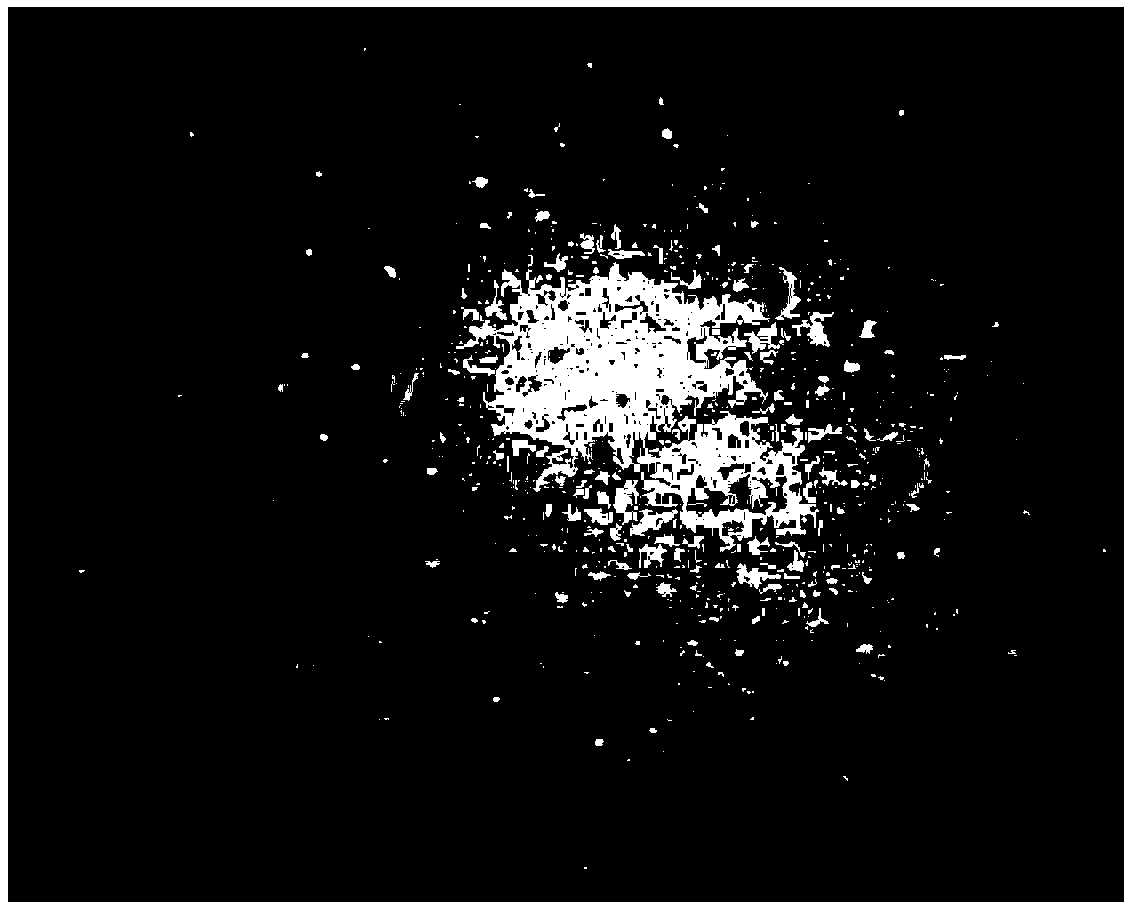Method for transferring graphene on metal foil substrate
A transfer method, graphene technology, applied in the direction of graphene, nano-carbon, etc., can solve the problems of affecting use and difficult removal of liquid, and achieve the effect of improving cleanliness, improving quality, and simple and reliable transfer method
- Summary
- Abstract
- Description
- Claims
- Application Information
AI Technical Summary
Problems solved by technology
Method used
Image
Examples
Embodiment Construction
[0020] This embodiment takes copper foil substrate graphene as an example to introduce the transfer method of metal foil substrate graphene. The transfer of copper foil substrate graphene is carried out as follows:
[0021] a. Copper foil substrate graphene is cut to a size of 1cm×1cm. After the surface of graphene is spin-coated with a 0.5 μm thick protective glue, bake it at a temperature of 60°C for 5 minutes to obtain graphene with a protective glue layer on the surface. The glue is a mixture of 1ml of photoresist and 10ml of polymethyl methacrylate solution with anisole as solvent and a mass concentration of 5%. Graphene on the copper foil substrate can be cut to any size as required, and the thicker the thickness of the photoresist spin-coated on the surface of the graphene, the longer the baking time.
[0022] b. Put the graphene with a protective adhesive layer on the surface into the copper foil etching solution so that the protective adhesive layer is facing upwards...
PUM
 Login to View More
Login to View More Abstract
Description
Claims
Application Information
 Login to View More
Login to View More - R&D
- Intellectual Property
- Life Sciences
- Materials
- Tech Scout
- Unparalleled Data Quality
- Higher Quality Content
- 60% Fewer Hallucinations
Browse by: Latest US Patents, China's latest patents, Technical Efficacy Thesaurus, Application Domain, Technology Topic, Popular Technical Reports.
© 2025 PatSnap. All rights reserved.Legal|Privacy policy|Modern Slavery Act Transparency Statement|Sitemap|About US| Contact US: help@patsnap.com


